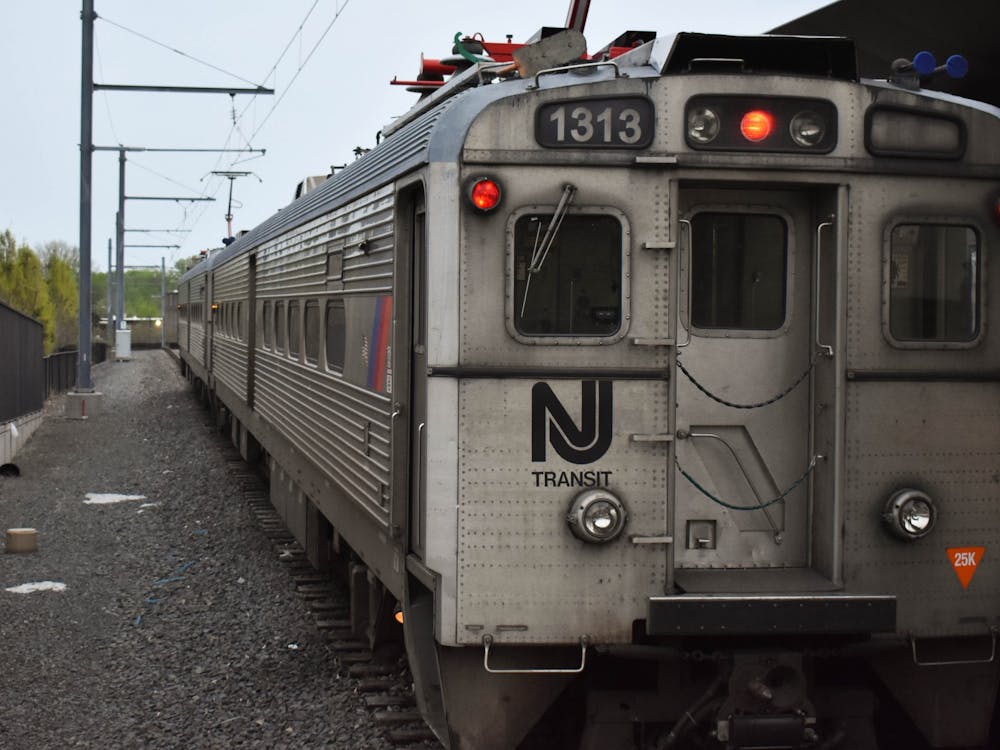COMBO II presents some of the first data on residential and eating choices since the beginning of the four-year residential college system and the introduction of financial aid for upperclassmen intended to cover the average cost of eating club membership. The most striking new information that COMBO II provides is evidence for the substantial decline in the number of students joining sign-in clubs. Since 2007, the number of students reporting membership in a sign-in club has dropped nearly 10 percent, while the number of students not joining any club has increased by almost 7 percent. This finding is troubling. The sign-in clubs are an invaluable part of the Street, providing an option for students who are averse to Bicker and a more accessible party environment for many underclassmen. With declining membership, they could face financial troubles in the future.
Several factors could help to explain this shift. It is likely that the eating club financial aid policy and the four-year residential college system have played an important role in decreasing the number of sign-ins. It appears that more students who might have joined a sign-in club a few years ago are choosing to stay in the colleges or go independent. For those on financial aid, this means the chance to make use of the money left over from their $6,960 board budget from financial aid. As the residential colleges continue to develop and if the flat board stipend remains, this trend may continue and intensify in the coming years. The popularity of new eating options represents a definite victory for the administration, but it seems to come at a cost: the vitality of sign-in clubs.
The results of COMBO II have therefore exposed the conflicting nature of two of the University’s goals. Administrators have an interest in both preserving sign-in clubs to balance the exclusivity of bicker clubs and advancing the residential college system. These are both laudable goals, but accomplishing one may only come at the expense of the other. Administrators should keep COMBO II’s warning in mind and track this trend over the next few years. Unfortunately, no definite or easy solutions exist for this problem. A good first step would be to expand the number of shared meal plans for sign-in clubs, in hopes of allowing more students to be part of their college and sign-ins. Ultimately, if the University values a non-bicker option on the Street, they will have to be willing to address this inherent contradiction and take action — either by recalibrating existing policies or implementing new ones to create a better balance for Prospect Avenue’s sign-in clubs.







